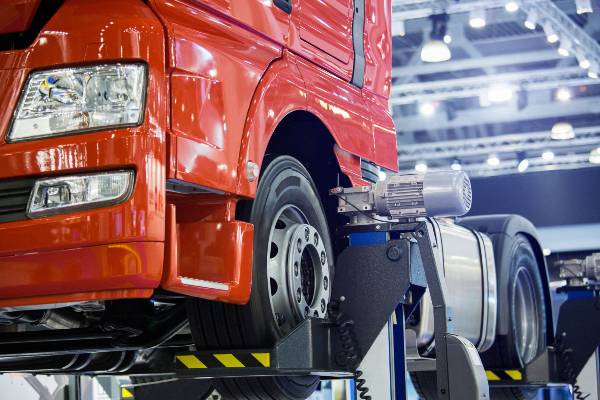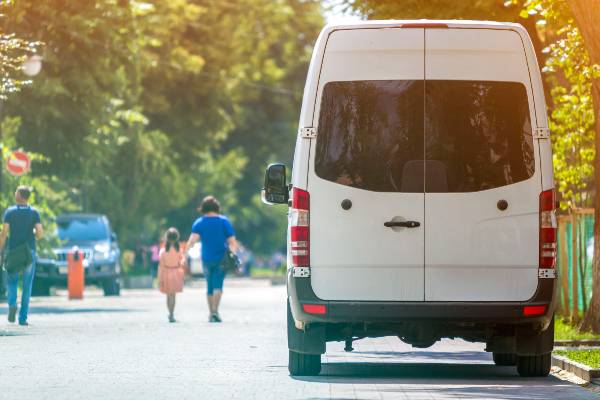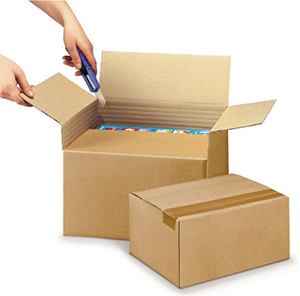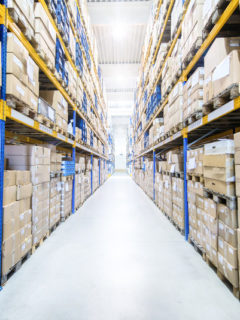By 2050, the EU is expected to have reduced greenhouse gas emissions from transport by 90%. At least, so predicts the European Green Pact within 30 years. To achieve this ambitious goal, environmental awareness must encompass all areas of society, including the production and distribution of goods for customers and consumers. Implementing a transport strategy for Eco-responsible products should therefore be an ethical obligation for your company to be part of the change; as well as an inevitable Corporate Social Responsibility (CSR) policy.
Why adopt a transport strategy for Eco-responsible products?
Need reasons to stop thinking about it and start acting? Here are three reasons to apply an Eco-responsible product transportation strategy:
- Transport is one of the most environmentally damaging activities in the logistics chain. Above all, road transport which is responsible for 71.7% of greenhouse gas emissions derived from the mobility of people and products in the EU.
- Consumers are concerned about the environment and also demand that their leading brands live up to their expectations, including when it comes to delivering e-commerce orders with minimum environmental costs.
- European legislation provides for increasingly stringent initiatives for companies that pollute. For example, the carbon tax, which will be levied on the export of products with extra charges if the production and transport protocols do not meet the same low pollution standards existing in the receiving region.
In short, have you taken any steps to reduce the environmental impact of moving your products? Not sure where to start? At RAJA we explain how to do it in just three steps!
1. Opt for an environmentally committed transport route
Whether they are their own or subcontracted with suppliers, the first step is to review the characteristics of the routes of the trucks and vans responsible for distributing the products. We will focus on two issues:
The use of less polluting vehicles
Faced with combustion engines, an Eco-responsible transport strategy will prioritise the least polluting vehicles, both in terms of noise and in terms of CO2 and NOx (carbon dioxide and nitrogen oxides) emissions. The use of electric and hybrid models is mandatory, as well as gas-powered trucks, which we have recently incorporated into RAJA for shipping our own parcels.

“O nur commitment to the environment is to have, in the short term, maximum green mileage both in imports and in deliveries to our customers. RAJA is committed to Sustainable and Eco-Responsibleand Eco-Responsible Logistics.
Antonio Reyes, Operations and Logistics Coordinator at RAJA Spain.
Follow a strict maintenance plan
The difference in energy consumption, and therefore in polluting potential, between a vehicle that follows a correct maintenance plan and one where this aspect is neglected is impressive. And it is as simple as, for example, checking tyre pressure. Driving with 17% less air than the recommended level means spending more than one litre of fuel for every 100 kilometres travelled.
 2. Plan a more Eco-Responsible Transport Route
2. Plan a more Eco-Responsible Transport Route
Above all, optimising the delivery route is essential for environmental and efficiency reasons: it saves your company time and money. Fleet managementsoftware automates this task so that all products are delivered on time:
- With the minimum number of vehicles;
- With the least amount of employees possible;
- Travelling the shortest distance;
- And avoiding time wasted in traffic.
Likewise, geolocation allows real-time adjustments in case of unforeseen events, traffic jams, roads closed due to construction work, etc.

To further define the strategy for transporting Eco-Responsible products, it is advisable that vehicles do not return empty: the journey can be used to transport other products, or to return Returnable Transport Packaging (RTP) to its origin.
3. Optimise your packaging: lighter and less bulky packaging
Selecting the perfect packaging is the third decisive factor in a more Eco-Responsible Transport strategy. The key is to make the packaging as light and as little bulky as possible ible. Here are a few ideas:
ible. Here are a few ideas:
- Include variable height boxes in your packaging range. This way you will be able to adjust the volumetric weight of your orders.
- Find out about the carbon footprint of packaging and choose the most Eco-Friendly alternatives. This will optimise the packaging of your products with biodegradable, recyclable or bio-based materials.
At RAJA, the environment comes first! Visit our selection of Eco-Responsible Packaging, always in stock and delivered within 48/72 hours, and start greening your product transportation strategy. We are here to help you!














